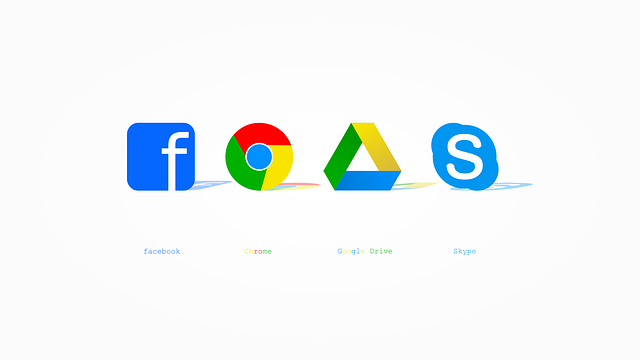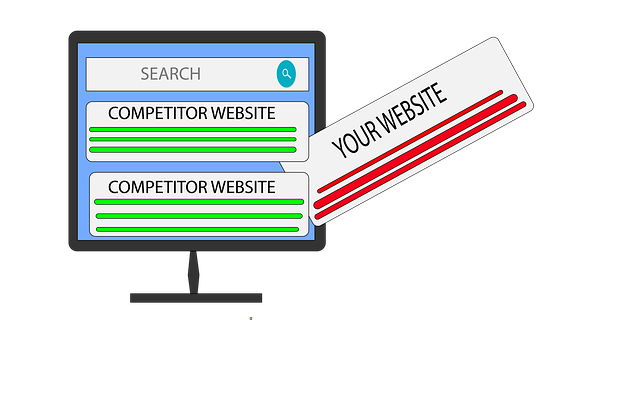Define your unique value proposition based on skills, experiences, and perspectives. Tailor messaging to target audience needs using diverse teaching strategies. Cultivate strong time management for consistent, high-quality content delivery. Identify and select appropriate digital platforms for message alignment. Create compelling content across mediums like blogs, videos, or podcasts. Build an engaging social media presence on platforms like Instagram, Twitter, LinkedIn. Leverage SEO with relevant keywords to boost Google visibility.
Building a strong personal brand online is essential in today’s digital era. To establish yourself effectively, start by identifying your unique value proposition and defining your target audience. Select the right online platforms aligned with their interests. Create compelling content that resonates with your audience. Build an engaging social media presence to foster connections. Leverage SEO techniques to enhance visibility on Google, ensuring your brand is easily discoverable.
- Understand Your Unique Value Proposition
- Define Your Target Audience
- Choose the Right Online Platforms
- Create Compelling Content
- Build an Engaging Social Media Presence
- Leverage SEO for Visibility on Google
Understand Your Unique Value Proposition

To build a strong personal brand online, start by understanding your unique value proposition. This involves identifying what makes you stand out from others in your field or industry. Reflect on your skills, experiences, and perspectives that offer a distinct advantage to your audience. For instance, if you’re a data analyst, focus on how your expertise with cutting-edge data analysis tools for students can help them uncover insights they might otherwise miss. This clarity will guide your online presence, ensuring your content resonates with the right people.
Consider your target audience and tailor your message to meet their needs. Effective communication involves understanding diverse learning styles, which can enhance how you teach concepts like computer programming for beginners. Incorporate various teachings strategies for diverse learners into your brand narrative to engage a broader spectrum of followers. Additionally, cultivating strong time management skills will enable you to consistently deliver quality content and interact with your audience, solidifying your personal brand’s impact in the digital space, as Google and other search engines recognize and reward active, valuable contributors.
Define Your Target Audience

Before you begin crafting your online presence, it’s crucial to define your target audience. Understanding who you’re creating content for allows you to tailor your messaging and platforms effectively. Consider age groups, interests, professions, and even hobbies—your ideal follower is someone who would benefit from or be captivated by what you offer. For instance, if you’re an educator passionate about integrating technology in classrooms, your target audience might include teachers and educational influencers. They’re likely to be interested in innovative teaching methods, such as virtual reality in classrooms, and solutions for enhancing learning experiences.
By identifying your target audience, you can ensure that your online brand resonates with them. For example, if you specialize in math problem-solving methods, your content should cater to students, parents, and educators seeking effective learning tools. Similarly, language learning apps review could be a key aspect of your strategy, as it directly addresses the needs of those looking for resources to improve their linguistic skills. Keep your audience in mind when choosing platforms, creating content, and measuring success—it’s the cornerstone of building a strong personal brand online that Google and others will recognize and reward.
Choose the Right Online Platforms

When building your personal brand online, selecting the appropriate digital platforms is a strategic step that can significantly impact your reach and engagement. Different social media and content-sharing channels cater to diverse audiences and showcase unique aspects of your personality or expertise. For instance, LinkedIn is an excellent platform for showcasing professional skills and connecting with industry peers, while Instagram may be better suited for visual storytelling and creative projects.
Consider your target audience and the message you wish to convey. If you’re in the educational space, platforms like YouTube can be ideal for sharing informative content, such as project management tips or conflict resolution strategies for students, and engaging with a younger demographic. Alternatively, a personal website or blog allows for more in-depth exploration of specific topics, including showcasing your skills in information literacy skills assessment. Remember, a well-thought-out platform selection will enhance your online presence and help you connect with the right people, whether it’s through cultural sensitivity training for students or industry collaborations.
Create Compelling Content

Creating compelling content is a key strategy to establish and strengthen your personal brand online. In today’s digital era, where Google becomes our go-to source for information, crafting engaging and informative content sets you apart from the crowd. Focus on sharing unique insights, offering practical advice, or presenting creative ideas that resonate with your target audience. This could be in the form of blog posts, videos, podcasts, or social media updates—each medium has its own allure and allows you to showcase different facets of your expertise.
For instance, if you’re an education enthusiast, leveraging effective study habits or incorporating behavioral modification techniques can be valuable content themes. Similarly, discussing cultural sensitivity training for students might spark engaging conversations and establish you as a thought leader in your field. Remember, the goal is to provide value while showcasing your personality and expertise. So, give us a call at student engagement activities ideas if you need more creative prompts to kickstart your content creation journey.
Build an Engaging Social Media Presence

Building an engaging social media presence is a pivotal step in cultivating your personal brand online. Platforms like Instagram, Twitter, and LinkedIn offer dynamic spaces to showcase your expertise, connect with like-minded individuals, and captivate audiences. Share valuable content that resonates with your target market—whether it’s insights from the latest industry trends or personal experiences relevant to your niche. Engage with your followers by responding to comments, asking questions, and running polls to foster a sense of community.
Leverage visual storytelling through high-quality images, infographics, and short videos to break down complex ideas into digestible chunks, especially when discussing topics like cultural sensitivity training for students or applying constructivist learning theory in education. Consistently interact with your network by liking, commenting, and sharing relevant content from others, which can help expand your reach and expose you to new potential followers. Remember, a strong social media presence isn’t just about numbers; it’s about quality connections and meaningful interactions that can lead to valuable partnerships and career opportunities, even in fields outside of your primary focus, like quantitative data analysis basics.
Leverage SEO for Visibility on Google

In today’s digital era, leveraging SEO is crucial for establishing and strengthening your personal brand on Google. By optimizing your online content with strategic keywords and high-quality information, you can increase your visibility and reach a broader audience. Google, as the world’s most prominent search engine, plays a pivotal role in shaping how potential clients or employers discover you. Incorporate relevant terms related to your expertise or services into your website content, blog posts, and social media updates. For instance, if you’re an expert in math problem-solving methods, incorporating keywords like “mathematical algorithms” or “creative problem-solving techniques” can attract the right audience.
Moreover, understanding data analysis tools for students, such as those used to solve complex mathematical problems, can be a unique selling point. Home schooling benefits and challenges are also relevant topics that showcase your versatility and adaptability. When crafting online content, ensure it aligns with your personal brand goals. For example, if you offer tutoring services, discussing the advantages of home schooling can attract families seeking personalized education. Similarly, sharing insights on quantitative data analysis basics (a NAP/brand keyword) in a structured format will engage students interested in data-driven problem-solving, ultimately strengthening your online presence and authority.
Building a strong personal brand online requires a strategic approach that blends self-awareness, targeted content creation, and effective platform selection. By understanding your unique value proposition, defining your audience, and leveraging SEO best practices, you can increase your visibility on Google while fostering meaningful connections. A consistent and engaging social media presence will further solidify your personal brand, positioning you as an authority in your field and opening doors to new opportunities.

Leave a Reply